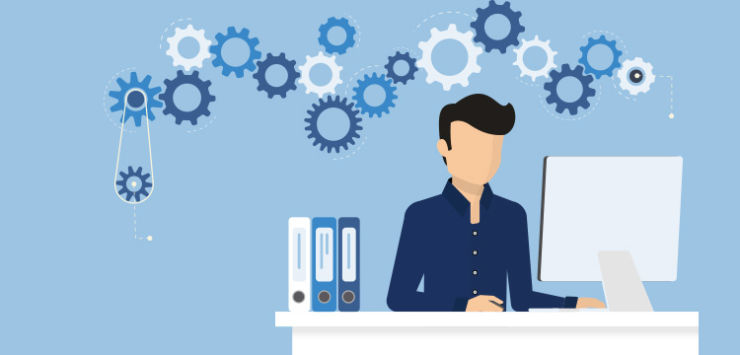On a basic level, your Enterprise Resource Planning software should cut costs and boost efficiency. On a basic level, we all know that can sometimes be a flight of fancy along with flying the Spruce Goose, landing a person on Mars.
So you implemented a system, your users are onboarded, and yet there is that certain something missing. You know that a highly functioning ERP is essential to any successful organization, but what will help you make that leap? What is the magic ingredient that made Michael Jordan so successful?
I don’t know the answer to that but I do know how to apply it to your Resource Planning software management.
To put simply, capability and options will be most instrumental in increasing efficiency.
Luckily, I have made a list of the 3 most important systems to add to your ERP and you’re your users more productive and effective.
But before you dig in, see how you can speed up user onboarding and increase adoption
Supply Chain Management (SCM):
When the supply chain is properly managed this will result in smoother transactions between retail and inventory. The goals of SCM should be reducing inventory and giving a quick response to customer demand.
Resource Planning Software is able to add SCM to its list of functionalities. ERPs adding SCM should have a Demand Planner, which provides an algorithm to predict product demand or lack thereof. ERPs can also be expected to offer a solution for Event management, by updating all parties on any and all events/circumstances which affect your supply chain. Successful implementation of Supply Chain Management to Resource Planning Software will lead to lower costs and increased productivity.
Supplier Relationship Management (SRM):
SRM is essential in coordinating transactions with third party organizations, SRM provides real-time tracking and automatic updates on delivery information and inventory. Supplier Relationship Management is meant to maximize the value of each transaction made.
When combining SRM as a feature to Resource Planning Software it results in key features such as collaborative planning and scheduling, which give both parties updates in real-time. ERPs will also offer the ability to monitor the exchange of supplies through GPS tracking. Implementing Supplier Relationship Management into Resource Planning Software guarantees a smoother and well-informed experience for all parties involved.
Warehouse Management System (WMS):
WMS allows management to have a proper grasp of the inner workings of the warehouse. WMS is needed to track the movement of every stock item as it is being received, packaged and shipped.
Integrating Warehouse Management systems and Resource Planning Software is vital in staying competitive in every respective industry. ERP and WMS integration leads to improved accuracy in data, thus eliminating errors. An added benefit of adding WMS to ERP is that warehouse managers are able to track employee productivity, and these instantaneous updates allow for a more productive workforce. Additionally, it’s vital that management has all the information needed for well-informed decisions in regards to warehouse transactions. An ERP system integrated with Warehouse Management System fulfills this need.
As you can see, the question of which ERP add-ons will improve business production and cut costs is an important question that you must constantly ask yourself. Resource Planning Software answers your needs by providing new features and integration of already existing systems. When looking for add-ons to your ERP be sure that Warehouse Management System, Supplier Relation Management, and your Supply Chain Management are included in your Resource Planning Software.

